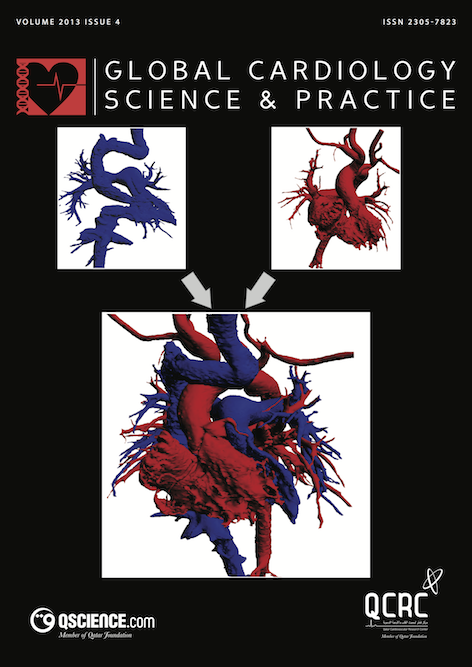Exploring the biology of valvular heart disease: Time to move into the twenty-first century
Abstract
[first paragraph of article]
Valvular heart disease (VHD), when severe and prolonged, creates a hemodynamic overload, the consequences of which damage the myocardium - leading to heart failure and death if left uncorrected by mechanical intervention. In 1906 Sir William Osler wrote in the sixth edition of his famous textbook “The Principles and Practice of Medicine”, that the prognosis of valvular heart disease (VHD) depended upon the severity of disease, the presence or absence of symptoms, and upon heart size. Remarkably, 100 years later, the ACC/AHA Guidelines for the treatment of VHD essentially rely upon the same criteria, albeit heart size is measured more accurately than in Osler’s day and the outcome of VHD has been changed dramatically by valve surgery. And, because man has also been fascinated by the heart’s motion, quantification of this motion (today usually by ejection fraction (EF)) has been added to evaluate cardiac performance. Still, timing of mechanical therapy is largely based on disease severity, symptoms, heart size and heart motion . . . not much of an advance in over a century, especially considering the leaps of progress made in other fields of medicine.
Downloads
Published
Issue
Section
License
This is an open access article distributed under the terms of the Creative Commons Attribution license CC BY 4.0, which permits unrestricted use, distribution and reproduction in any medium, provided the original work is properly cited.


